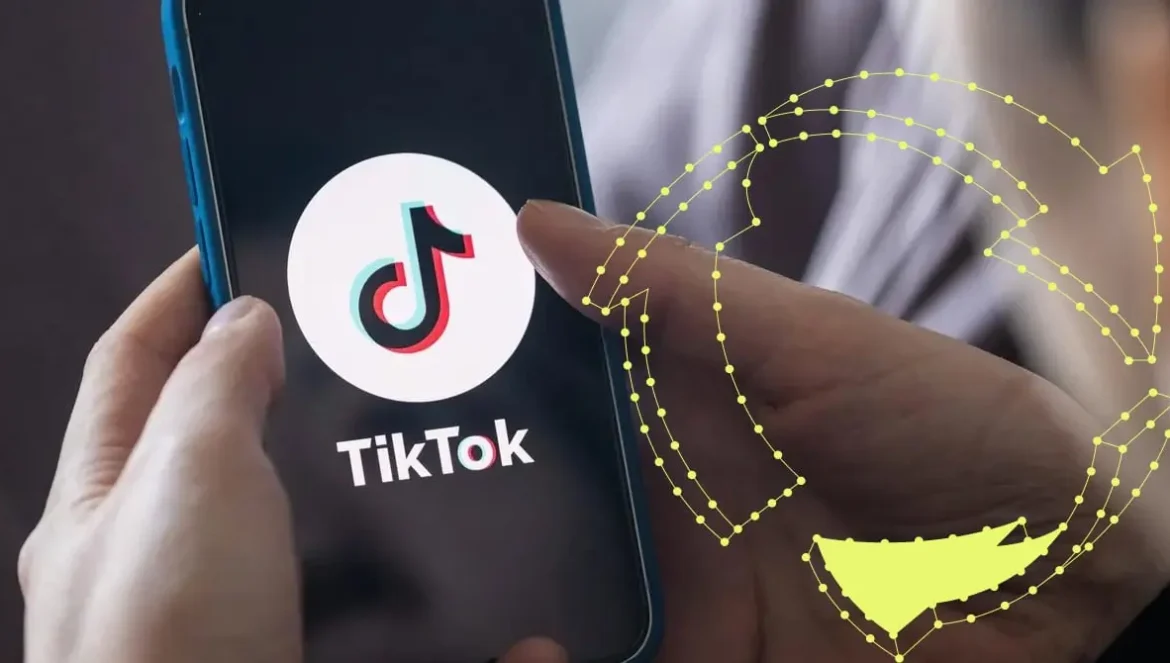The issue of fake traffic is becoming increasingly relevant due to the growth of traffic arbitrage. Advertisers and website owners do not want to spend their budgets on useless traffic generated by bots and therefore seek to understand how Google Ads identifies bots and what measures are taken to detect and combat them.
Companies involved in traffic arbitrage need to know how to provide quality and honest traffic for their clients. This includes understanding how Google Ads identifies bots and what technologies are used to detect bots in Google. Effective detection and combating bots are key aspects of ensuring the trust and loyalty of advertisers.
Main Methods of Detecting Bots in Google Ads
Fighting bots and fraudulent traffic is one of the priorities of Google Ads to ensure the quality of the advertising network and protect the interests of advertisers. In this section, we will discuss the key methods used by Google Ads to detect and block bots that can negatively impact advertising campaign results and ad costs.
Traffic Source Verification
One way Google Ads identifies a bot is by checking the traffic source. This includes analyzing referrer parameters and other data that helps determine the authenticity of a user’s visit to an advertiser’s site.
Referrer parameters indicate the source of traffic from which the visitor came to the site. By analyzing this information, Google Ads can determine if the traffic is legitimate or suspicious. For example, if most of the traffic comes from one source or country, it may indicate the presence of bots.
In addition, Google Ads analyzes data such as HTTP headers, User-Agent, browser language, and other metadata transmitted with each web request. This information can help determine if a visitor is a real user or a bot. For example, if the User-Agent constantly changes or is missing, it may indicate a bot.
Analysis of User Behavior on the Advertiser’s Site
Another important method of detecting bots in Google is analyzing user behavior on the advertiser’s site. Studying indicators such as time spent on the site, the number of pages viewed, and actions taken on the site can help identify anomalies indicating bots.
Use of Machine Learning to Detect Abnormal Behavior
Machine learning technologies allow identifying a bot based on the analysis of large amounts of data on user behavior. Machine learning models can detect patterns of behavior that are unusual for real users, which helps to detect bots with high accuracy.
Machine learning algorithms are used to analyze behavioral data, such as user action sequences, page scroll speed, click frequency, etc. This allows determining whether a user’s behavior is natural or abnormal.
Monitoring IP Addresses and Other Technical Characteristics of Visitors
Finally, Google Ads identifies bots by monitoring IP addresses and other technical characteristics of visitors. Analysis of IP addresses, geolocation, device type, and other parameters can help identify suspicious traffic and prevent bot fraud. Some of the parameters analyzed include:
- IP addresses: Google Ads checks visitor IP addresses and compares them with known lists of bots and fraudsters. In addition, traffic distribution among different IP addresses is analyzed to detect anomalies that may indicate bot usage.
- Geolocation: Analyzing geolocation data can help identify suspicious traffic from specific countries or regions known for high bot activity.
- Device type: Google Ads also analyzes information about the device type and operating system used by visitors. If most of the traffic comes from devices or systems that do not correspond to the standard distribution, it may indicate bot activity.
- Repeat visits: Bots often visit sites multiple times in short periods. Google Ads tracks the frequency and intervals between visits to determine if they are natural or caused by bots.
- Other parameters: In addition to the characteristics mentioned above, Google Ads also analyzes various other parameters, such as browser language, screen resolution, JavaScript presence, etc. This information can also help determine if the traffic is genuine or fraudulent.
New Technologies in Detecting Bots in Google Ads
Application of Artificial Intelligence and Machine Learning
Identifying bots in Google Ads is becoming more effective thanks to the use of artificial intelligence and machine learning. These technologies allow analyzing vast amounts of data and detecting complex patterns that may indicate the presence of bots.
Use of Blockchain Technologies for Traffic Authentication
Blockchain technologies can also contribute to identifying bots in Google Ads by creating a secure and transparent system for traffic authentication. Blockchain allows storing and transmitting traffic data without the possibility of forgery, providing an additional level of protection against bots.
With the application of blockchain technologies, advertisers and publishers can establish trust relationships and exchange traffic information in encrypted form. This eliminates the possibility of fraud and creates a system that guarantees the authenticity of user data.
Development of Smart Contracts for Guaranteed Protection Against Bots
Smart contracts can become another tool in the process of identifying bots in Google Ads. These contracts, based on blockchain technology, are automatically executed when certain conditions are met, such as receiving genuine traffic. As a result, smart contracts can prevent bot fraud and guarantee traffic quality.
In addition, using smart contracts can significantly reduce the time and resources spent on analyzing and verifying advertising campaigns for the presence of bots. Integrating smart contract technology with Google Ads systems will allow advertisers and site owners to automatically detect rule violations and take immediate action to protect their interests.
Implementation of New Algorithms for Verification and Optimization of Traffic Quality
In 2023, the Google Ads bot detection algorithm will be constantly updated to ensure maximum efficiency. New algorithms will focus on improving verification and optimizing traffic quality, helping to achieve more accurate bot detection in Google Ads and reducing the risk of fraud. Among the new algorithms, the use of machine learning and artificial intelligence is expected for deeper analysis of user behavior and their interaction with ads. This will allow the system to adapt faster to new fraud strategies and provide a high level of protection for advertisers.
Prospects for Using New Technologies in Google Ads (Extended Version)
Increased Efficiency in Detecting Bots and Reducing the Risk of Traffic Falsification
With the development of new technologies and the Google Ads bot detection algorithm in 2023, we can expect a significant increase in the efficiency of detecting bots, leading to a reduction in the risk of traffic falsification. This will positively affect advertisers’ investments, who will be confident that their budgets are directed towards attracting real users rather than bots.
Improved Traffic Quality and Increased Advertiser Trust in Google Ads
Increasing the accuracy of bot detection in Google Ads will not only improve traffic quality but also increase advertiser trust in the Google Ads platform. As a result, advertisers will invest more in campaigns, and website owners will receive high-quality traffic and more opportunities for content monetization.
Development of New Methods of Campaign Optimization and Conversion Improvement
Thanks to new technologies and algorithms, advertisers will be able to receive more accurate data on traffic quality and, based on this information, adjust their campaigns to achieve maximum efficiency. For example, they will be able to determine which traffic sources bring the best results and tailor their advertising campaigns accordingly.
Growth of the Traffic Arbitrage Market as a Whole
The introduction of new technologies and the Google Ads bot detection algorithm in 2023 contributes to the growth of the traffic arbitrage market as a whole. Improving traffic quality and advertiser trust in traffic arbitrage platforms will lead to increased investment volumes and market expansion. This will open up new opportunities for industry development and the emergence of new strategies and tools for traffic arbitrage.
Methods and Ways to Bypass the Ban in Google Ads
If your account has been blocked in Google Ads, it can have serious consequences for your business. But don’t despair, as there are various methods and ways to bypass the ban. In this section, we will look at two main approaches: using proxy servers and cloaking.
Using Proxy Servers
Proxy servers act as intermediaries between your computer and the Internet network. They can be used to hide your IP address and bypass restrictions set by Google Ads. Here’s how it works:
- You connect to a proxy server, which then connects to Google Ads from its IP address.
- Your requests and data are sent through the proxy server, which forwards them to Google Ads.
- Google Ads sends a response to your request to the proxy server, which then forwards it to you.
This way, Google Ads does not see your real IP address and cannot block your account. However, keep in mind that using proxy servers may be against Google Ads rules and policies, so weigh all the risks before applying this method.
Using Cloaking
Cloaking is a method of hiding the content of your ads from the Google Ads system, showing them alternative content. This can help bypass restrictions on certain types of advertising, products, or services. Here’s how it works:
- You create two versions of your ad: one for real users and another for the Google Ads system.
- When the Google Ads system checks your ad, it sees the “safe” version that complies with all requirements and policies.
- When a real user sees your ad, they see the actual version, which may contain prohibited or restricted content.
Cloaking can be an effective way to bypass a ban in Google Ads, but it can also violate platform rules and policies. If your account is found using cloaking, it can lead to additional bans and sanctions.
Conclusion
In this article, we discussed why Google Ads bans bots and what technologies and algorithms are used to detect and block bots. Google Ads makes every effort to combat bots and ensure traffic quality so that advertisers and website owners can trust the platform and get the most out of their investments.
We also discussed various methods of bypassing the ban, such as bot masking in Google. However, remember that such attempts violate Google Ads rules and can lead to serious consequences, including account blocking. Instead, it is recommended to strictly follow the rules and use only permitted methods of attracting traffic and optimizing advertising campaigns.
Overall, successful work with Google Ads depends on quality traffic and strict adherence to platform rules. Fighting bots is an essential part of this process, and Google Ads will continue to improve its methods of detecting and blocking bots to ensure a high level of trust and effectiveness of advertising campaigns.





